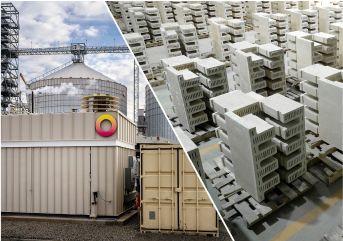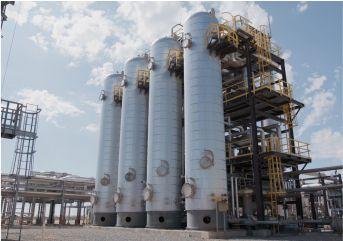Deployment
Crossing Death Valley
Catalyst is transforming climate tech’s “valley of death'” into a highway of acceleration.
Even after climate technologies are discovered and developed, it’s not a given they’ll get out into the world and reduce emissions in a major way.
As we have seen in the past year, emerging climate technologies continue to face significant challenges, many of which are becoming even more pronounced.
Catalyst
One of those challenges is building first-of-a-kind (FOAK) project funding. That’s where our flagship deployment program Catalyst comes in. It’s tackling a few key problems that projects and their companies face:
- 01Economic viability:
Inflation, high interest rates, and regulatory challenges often turn promising projects into marginal potential from a risk/return perspective. - 02Challenges in engineering, procurement, and construction (EPC):
First-of-a-kind projects frequently blow their budgets and face execution risks due to their untested nature. - 03Slow project deployment:
Early-stage companies often lack the expertise to develop projects quickly and efficiently, leading to delays and costly mistakes. - 04Funding beyond capex:
Projects need more than just capex funding, requiring flexible and creative solutions.
These hurdles, among many others, ultimately cause many companies to never make it across the much-dreaded “valley of death” between development and deployment.
Catalyst’s goal is to turn the valley of death into a much more survivable landscape for emerging climate technologies. Through a combination of capital and project-development expertise, we help companies fill the gaps inherent in the late-stage march toward construction and commercialization.
We’ve identified five areas ripe for our unique approach: clean hydrogen, long duration energy storage (LDES), sustainable aviation fuel (SAF), direct air capture, and decarbonization of industry.
Overall, we’ve raised more than $1 billion of direct capital to deploy, and we’ve partnered with the European Commission (EC) and European Investment Bank (EIB) to mobilize up to €820 million through 2027 to support projects across Europe.
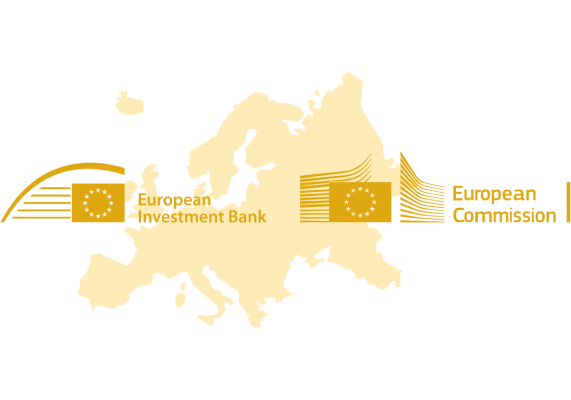
The past year, in particular, has been a big one for us:
Grant commitments for improved energy storage and power grid services
Catalyst funded the first tranche of its grant commitment to Energy Dome’s Ottana Project. Construction on this 20MW/200MWh CO2 battery has begun, and once fully operational, it will help provide energy storage and grid services.
Catalyst Project
Energy Dome
Ottana Project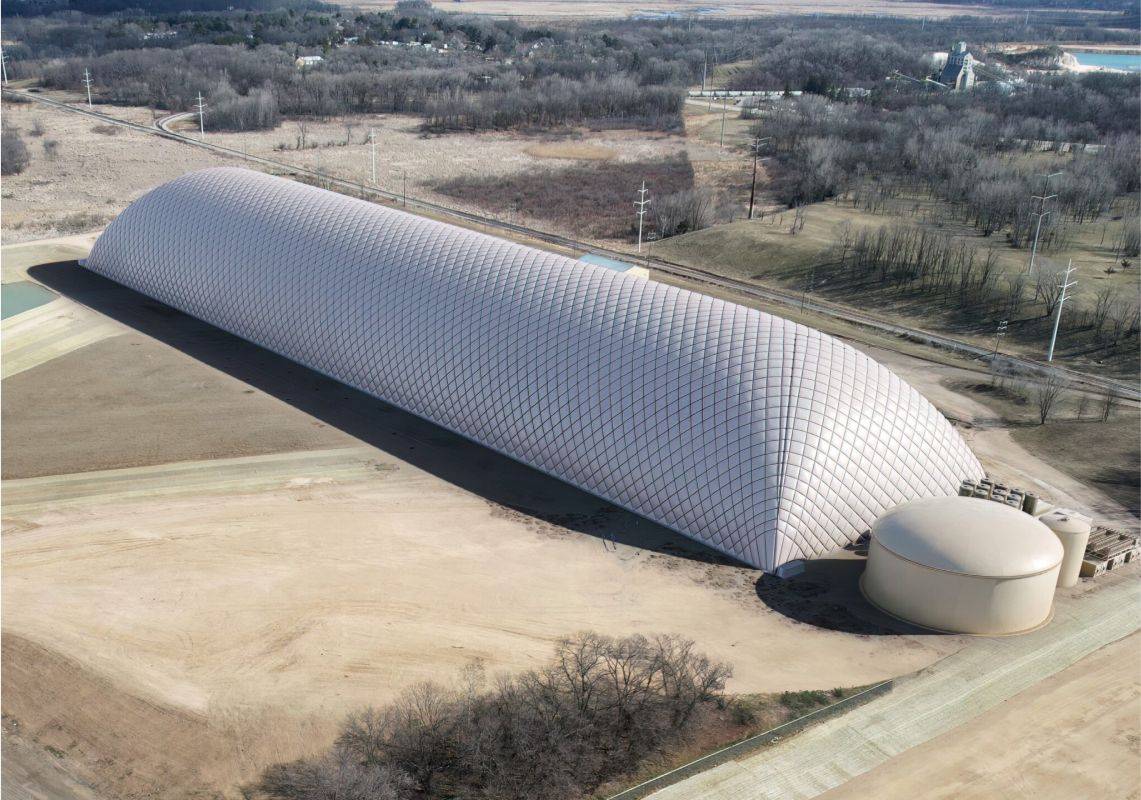
Energy Dome’s first full-scale CO2 Battery in Ottana, Sardinia, Italy (rendering) €75 million partnership for decarbonization projects in Europe
At the Breakthrough Energy Summit in London, Catalyst unveiled a €75 million partnership with Rondo Energy that will support three groundbreaking industrial decarbonization projects in Europe. These projects, which also fall under the umbrella of our partnership with the EC and EIB, will provide “drop-in” decarbonization technologies to chemical, clean fuel, and food and beverage producers at a time when many in those industries are eager to end their dependence on natural gas.
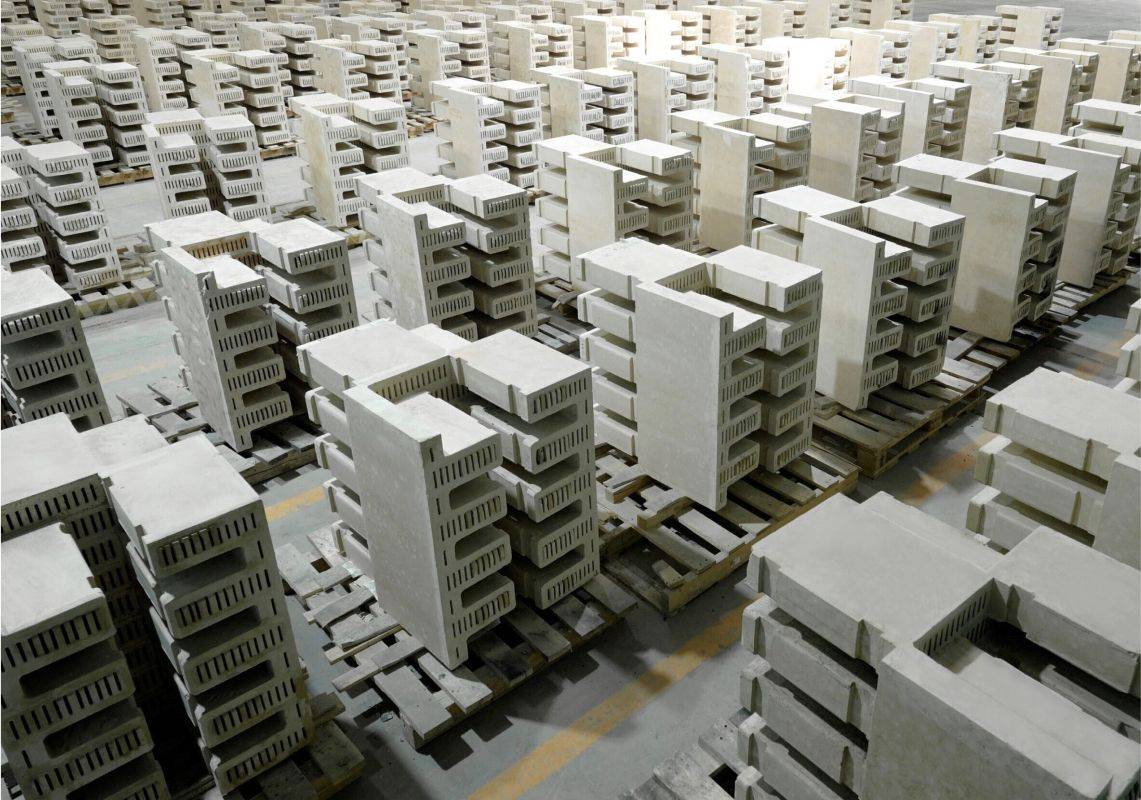
Rondo Energy uses refractory bricks to store heat Catalyst Project
Rondo
EU Projects$75 million equity commitment to sustainable aviation fuel
Catalyst announced a $75 million equity commitment to Infinium’s Project Roadrunner, which will convert waste carbon dioxide and renewable power into sustainable aviation fuel and other low-carbon fuels—one of Catalyst’s five areas of priority investment. Once operational, this first-of-a-kind facility is expected to be the largest power-to-liquids eFuels project in North America. Catalyst’s early-stage backing is already helping Infinium attract institutional capital. In September, Brookfield Asset Management announced up to a $1.1 billion commitment to support Infinium’s eFuels platform.
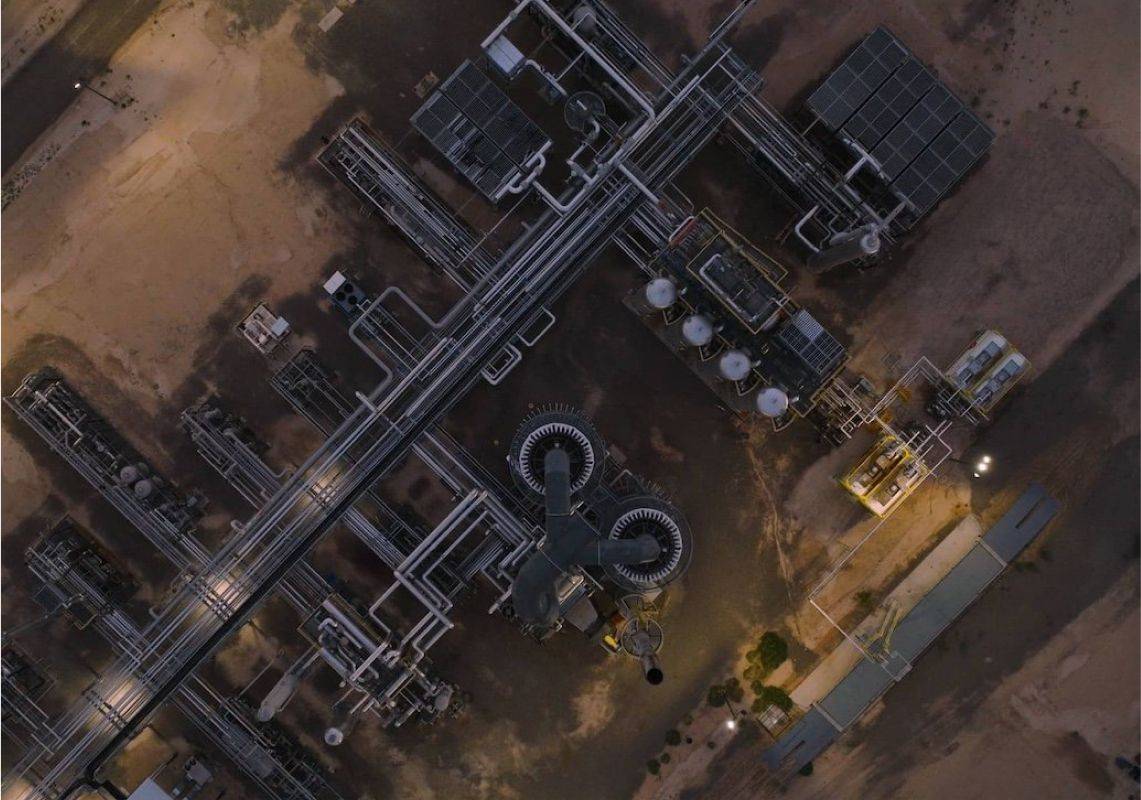
Project Roadrunner will be the largest commercial-scale eFuels project in the world when production begins Catalyst Project
Infinium
Project Roadrunner
The problem is not a lack of capital in the system. The capital exists.Share Quote
Beyond these major developments, we’ve also given a lot of thought to what it takes to scale emerging climate technologies. We’ve had extended conversations with experts, investors, and innovators in the venture ecosystem about the challenges and opportunities companies face when trying to secure capital, and how to turn the perilous "valley of death" into a highway of acceleration.
The problem is not a lack of capital in the system. The capital exists. What’s more, venture capital and private equity are hardly the only players. In fact, there is much cheaper and more significant capital to be found through infrastructure equity and project finance debt.
What’s the catch? Well, these more traditional sources of funding are a lot harder to get. They have a highly rigid set of criteria for their capital investments, including seeing millions of operating hours, which new climate technologies simply will not have.
So how do we help companies meet these criteria and unlock this abundance of cheap capital? Well, after analyzing over 200+ projects, we have developed a deep understanding of the "do’s and don’ts." And the main “do” is companies actively committing to taking their technology from pilot to commercial scale. Without this commitment, reaching full commercialization becomes a nearly impossible feat.
Video
Unlocking Cleantech CommercializationWe always say we’re as much a partner to companies as we are a funder of projects. In that spirit, we’ve packaged this understanding and other key lessons into what we’re calling the “12 Keys to Scaling-Up,” a helpful guide for companies to navigate the de-risking journey and improve their chances of securing cheaper sources of funding. We’re excited to share this with the climate venture ecosystem through live webinars and workshops, as well as a brief summary on the Breakthrough Energy website.
Catalyst has had an incredible 12 months. And we’re looking forward to building on our progress over the next 12.
Go-to-Market Partnerships
First-of-a-kind projects are just one piece of the deployment puzzle. Lots of climate solutions don’t require capital-intensive FOAKs. They just need customers, in the form of forward-leaning businesses, to dive in and help them scale up.
Across our teams, BE works closely with numerous corporations and business leaders around the world to understand the demand for these products and what the BE network can do to help fulfill it. We connect serious business players with innovators who can supply solutions at scale today, while also providing companies with a trusted source of innovative technology that’s well-vetted.
Corporate players are not a monolith.Some seek out these innovations to fulfill their net-zero commitments and make a climate impact. Others are more interested in securing the energy resources they need to power their businesses. All are important to our strategy.
For example, as Bill mentioned in this report’s foreword, Siemens is working to decarbonize their buildings with vacuum-insulated windows invented by Breakthrough’s portfolio company, LuxWall.
Microsoft is also taking action on this front. CarbonCure’s low-carbon concrete, which we discuss in the Manufacturing section, was recently used to build two Microsoft data centers.
This is just a snapshot of the range of companies, across various industries, that are tapping into the BE network to find and deploy these go-to-market solutions.
- BuildingsLuxWallLearn more
LuxWall manufactures tempered vacuum insulating glass (VIG). VIG is 1/3 the thickness of double pane glass and is 500% more energy efficient.

- ManufacturingCarbonCureLearn more
Architects, structural engineers, owners, and developers are seeking proven ways to reduce the embodied carbon of their building projects.
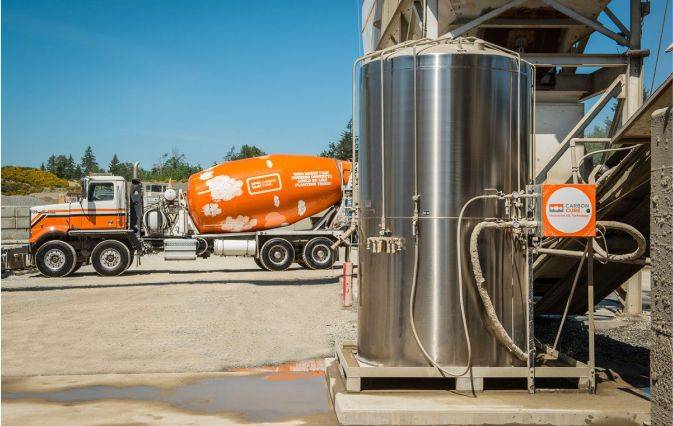
If we want to bring down emissions, we have to be able to deploy new climate technologies around the world in an efficient, cost-effective fashion.
By continuing to help fill these gaps in deployment, we can ensure the best climate technologies get to market and begin making their impact on our energy future.
